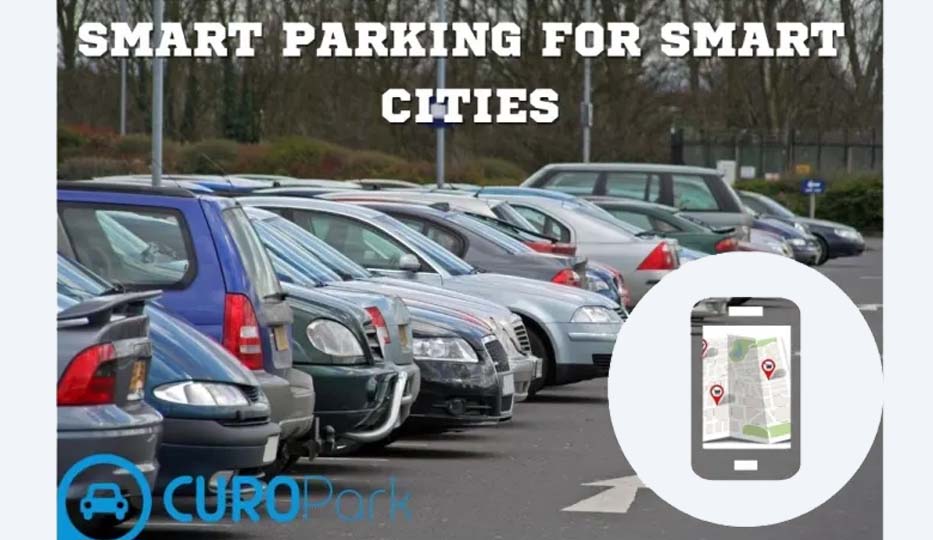The IoT (Internet of Things) has transformed into a mature technology. Integration of sophisticated solutions into municipal management and administration processes is now a breeze. Some examples of places where this is a problem include cities where the number of cars on the road is growing rapidly.
You’ll need a ground-breaking concept to make the following possible in this setting:
1) Reduce your time spent searching the parking spot
2) Reduce accidents caused by parking
3) Reduce emissions of greenhouse gases
ince urban populations are only expected to grow, this is an urgent problem to solve now. The majority of the world’s population increase will occur in cities, reports the United Nations Department of Economic and Social Affairs. By 2050, this increase could reach 68%.
Both public and private organisations are feeling the pressure to address this issue. This is because it’s necessary to make more room for employees, customers, and residents (in increasingly cramped spaces). As a result, the Internet of Things (IoT) smart parking market is projected to be worth an astounding $11.13 billion worldwide by 2027.
But let’s not jump the gun; first, let’s define it.
What is Smart Parking
“Smart parking” refers to an Internet of Things solution that makes use of in-vehicle wireless sensors. This method, when coupled with appropriate software, alerts passing motorists to available parking spots. Sensors in this case can tell whether or not a car has been parked in a designated area. If a sensor detects movement in a reserved parking spot, it will notify the driver. For instance, the system may direct the driver to a specific empty parking space after notifying them that one has become available. Whenever a car pulls out of a parking spot, the cycle begins again. Another driver gets a real-time alert and is guided to the open parking spot.
Architecture od Smart Parking System
Sensors for the Parking Lot
To monitor available parking spots, parking sensors are installed. Vehicles are detected using ultrasonic sensors.
Processing Unit
The system-on-a-chip relays information to and from the sensors and the cloud servers.
Mobile App
It’s a graphical user interface for controlling the smart parking garage.
The Cloud
All data relating to parking spots and users who have access to the system is stored in the cloud.
Due to the growing parking crisis and decreasing costs, smart parking system deployment is expected to rise.
A further development makes use of Optical Character Recognition technology to read a vehicle’s licence plate through the processing of an image. As soon as the driver enters the parking lot, the gate opens and the system directs them to a spot.
Smart parking systems have a bright future ahead of them. The Internet of Things (IoT), AI, ML, and AR are the technologies that enable this answer. Smart parking will improve parking system efficiency by adopting these novel approaches.
Application of Smart Parking System Uisng IoT
The improved quality of life in today’s modern, technologically advanced cities is due in large part to the smart city’s increased capacity to maximise its limited resources. Smart cities also feature robust social networks and economic opportunities for residents.
A safer urban environment
The widespread use of Wi-Fi communications and IoT technology in cities can improve resident safety and response times.
Citizens can solve common issues, fostering neighbourly relationships and the sharing of useful resources that are essential to the flourishing of cities and neighbourhoods.
The Internet of Things parking solution will aid in:
1) Traffic congestion can be reduced with the help of smart traffic light systems and real-time adjustments to public transportation routes.
2) It is possible to increase energy efficiency.
3) Power and energy use can be monitored in real time with relative ease.
Conclusion
A new era of possibility has arrived for “smart cities” thanks to the proliferation of IoT devices and cloud computing. The infrastructure of smart cities has always rested on the shoulders of intelligent parking systems. A smart parking system built on the Internet of Things (IoT) can help drivers save time and energy by providing up-to-the-minute parking information, procedures, and available spaces. Concerns about traffic congestion can be alleviated in this way. In terms of upcoming projects, customers can reserve a parking spot in an out-of-the-way location. In the near future, we can integrate GPS, reservations, and licence plate readers.
